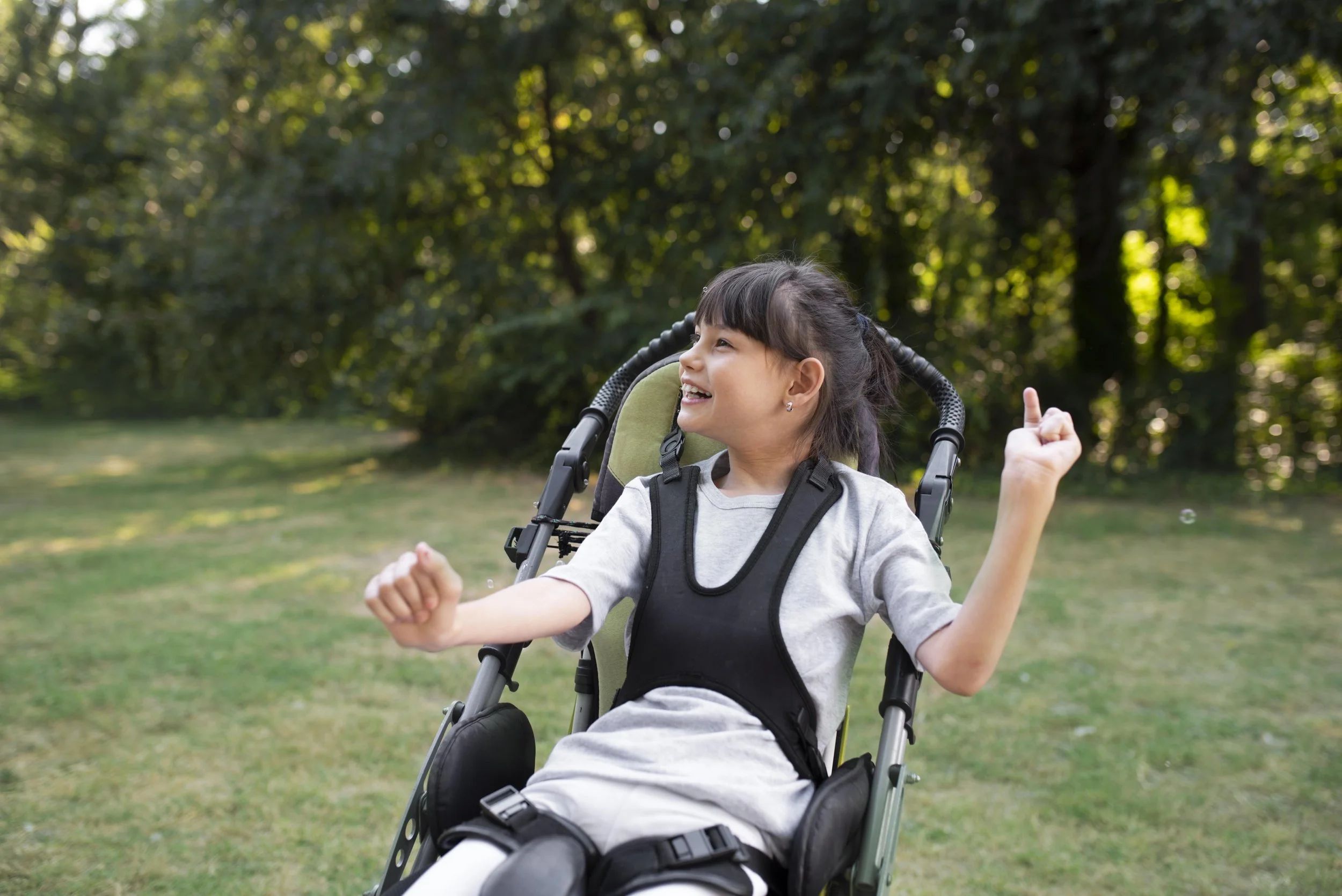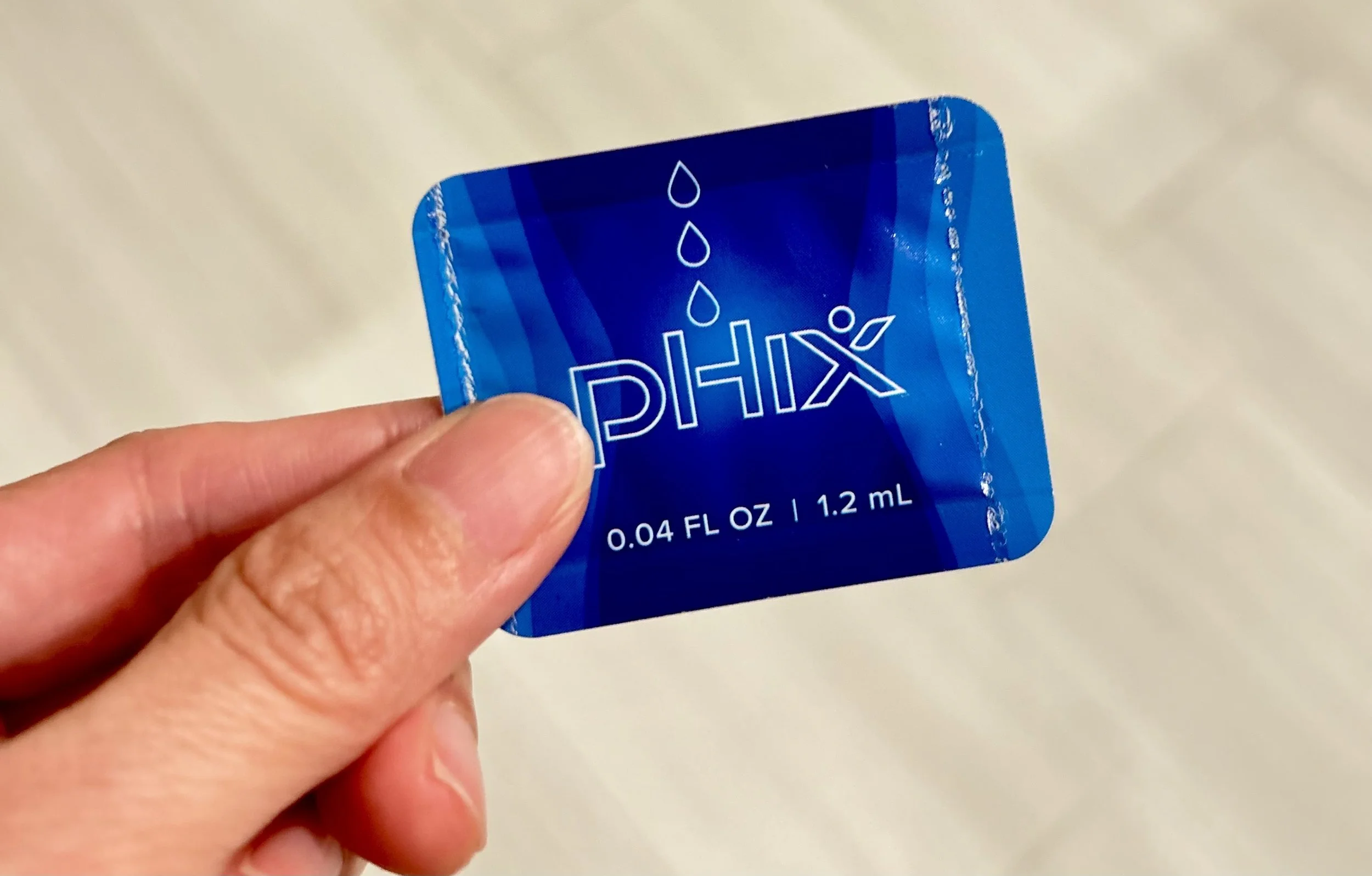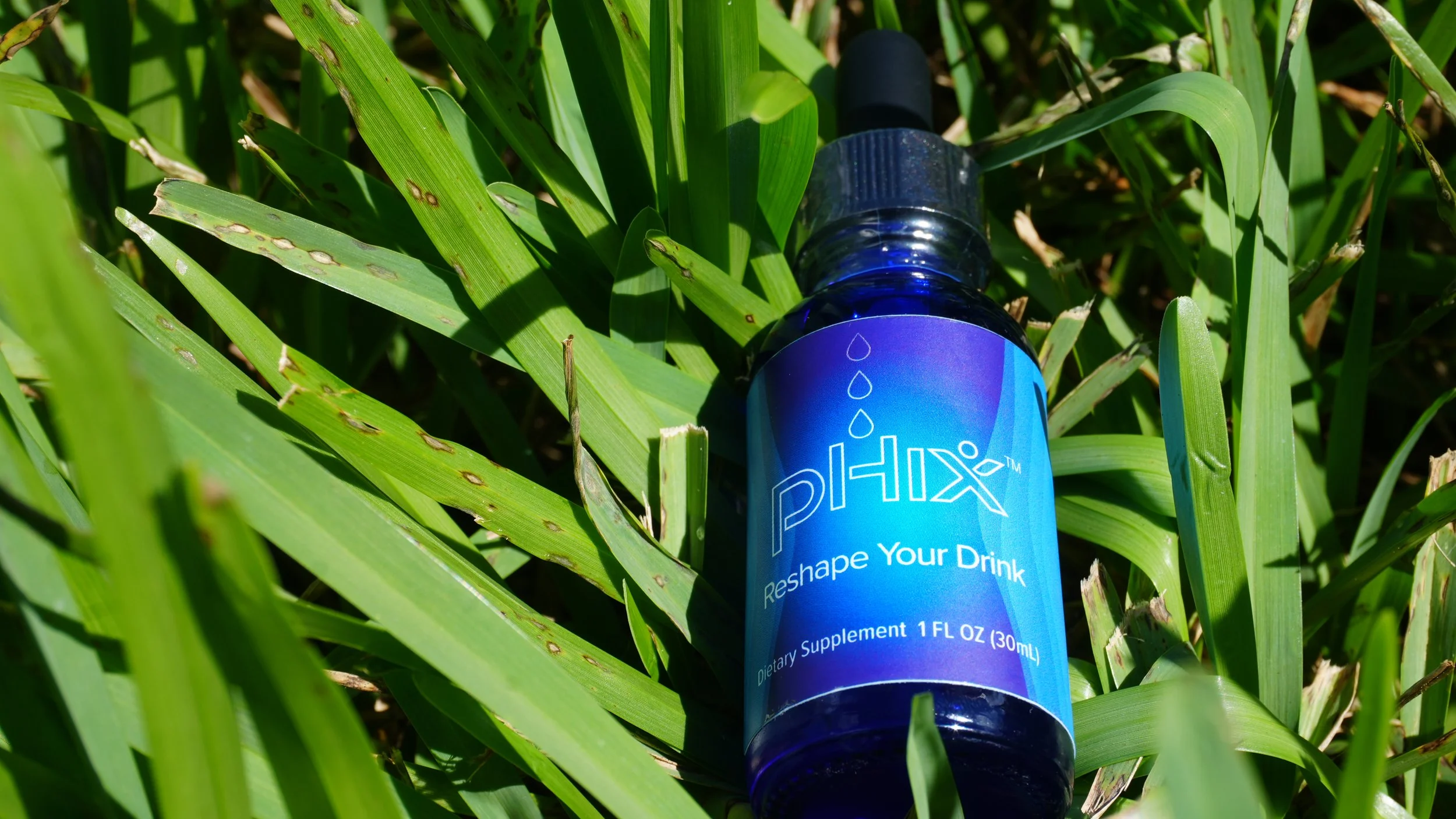
Latest Research
Connection between Cerebral Palsy and the Vagus Nerve
Various vagus nerve stimulation methods have been studied and researched. Activating the vagus nerve has shown to improve health outcomes and quality of life.
Now we have a simple oral form solution. Phix contains MHE3™, a proprietary matured hops extract that stimulates the vagus nerve for up to 9 hours. For many decades nobody has been able to extract the MHE molecules of alpha, beta and gamma forms at a concentration that gets the results we see with pHix. Phix contains matured hops molecules that are stabilized so it remains bioactive and efficacious. It is the simplest solution to activating the vagus nerve naturally. Phix is a plant based, revolutionary, stimulant free, tasteless liquid that can be added to any beverage. It is suitable for adults and children.
Cerebral palsy (CP) is a group of neurological disorders that affect movement, muscle tone, and coordination due to brain damage or abnormal brain development, typically before or during early childhood. Neuroplasticity, the brain's ability to reorganize and form new neural connections, is a promising avenue for improving function in individuals with CP. Vagus nerve stimulation (VNS), both invasive and non-invasive, has emerged as a potential tool to enhance neuroplasticity and motor outcomes in CP by modulating neural activity and promoting brain reorganization. Below is an overview of how VNS can improve neuroplasticity in CP, supported by current understanding and research.
How Vagus Nerve Stimulation Enhances Neuroplasticity in CP
1. Promotes Synaptic Plasticity:
- VNS increases levels of neurotransmitters like acetylcholine and norepinephrine, which are critical for synaptic plasticity, learning, and memory. This can help reorganize neural pathways impaired in CP.
- In CP, motor cortex damage or dysfunction limits movement. VNS paired with rehabilitation can strengthen neural connections in motor areas, enhancing functional recovery.
2. Boosts Brain-Derived Neurotrophic Factor (BDNF):
- VNS upregulates BDNF, a protein essential for neurogenesis and synaptic growth. Higher BDNF levels support the repair and formation of neural circuits, potentially improving motor and cognitive functions in CP.
3. Reduces Inflammation:
- The vagus nerve’s anti-inflammatory pathway (cholinergic anti-inflammatory pathway) reduces neuroinflammation, which can impair neuroplasticity. Lower inflammation creates a better environment for brain repair in CP.
4. Enhances Motor Learning:
- Pairing VNS with physical therapy or task-specific training amplifies motor learning by reinforcing neural pathways during movement tasks. This is particularly relevant for CP, where motor deficits are central.
5. Modulates Cortical Excitability:
- VNS can normalize abnormal cortical excitability, common in CP, by balancing excitatory and inhibitory neural activity, facilitating plasticity in motor and sensory regions.
Specific Applications in Cerebral Palsy
1.Motor Function Improvement:
- Studies suggest VNS paired with physical or occupational therapy enhances motor outcomes in CP. For example, a 2021 pilot study (NCT04543799) explored tVNS with intensive therapy in children with CP, showing improved upper limb function and cortical plasticity.
- VNS may strengthen connections in the motor cortex and corticospinal tracts, improving voluntary movement control.
2. Spasticity Reduction:
- By modulating neural excitability and inflammation, VNS may reduce spasticity, a common issue in CP, allowing better engagement in therapy to drive neuroplasticity.
3. Cognitive and Sensory Benefits:
- CP often involves cognitive or sensory impairments. VNS can enhance plasticity in non-motor brain regions, potentially improving attention, memory, or sensory processing.
Medical University of South Carolina, May 4 2023
Combining Transcutaneous auricular Vagus Nerve Stimulation with early CIMT to improve health outcomes of infants: a case report
Infants born premature or who suffer brain injury at birth are at increased risk for early motor delays, a frequent antecedent of cerebral palsy (CP). Early targeted rehabilitation for these high-risk infants takes advantage of critical windows for neuroplasticity to improve functional outcomes. Constraint Induced Movement Therapy (CIMT) is the gold-standard in pediatric rehabilitation. Transcutaneous auricular Vagus Nerve Stimulation (taVNS) is a form of non-invasive brain stimulation and may boost rehabilitation outcomes when paired with motor activities. Few studies have used neuromodulation combined with intensive motor therapies, such as CIMT, to enhance neuroplasticity and improve functional outcomes in infants. We present a case study from the first infant to undergo the combined treatment, a male born at 23-weeks gestation who suffered severe intraventricular hemorrhage resulting in global developmental delay with pronounced left-sided hemiplegia at 11-months corrected gestational age. Mother reported he was consistently engaged in bimanual play at home after 4 weeks of combined taVNS-CIMT therapy. taVNS-paired with CIMT appears safe and may boost attaining motor goals in less time than CIMT alone in young infants with hemiplegia.¹
The oral solution that activates the vagus nerve naturally and effectively is a patented mature hops extract MHE3™.
National Library of Medicine, September 2008
Vagal nerve stimulation: exploring its efficacy and success for an improved prognosis and quality of life in cerebral palsy patients
Cerebral palsy (CP) continues to pose a cause for major socioeconomic concern and medical challenge worldwide. It is associated with a multi-faceted symptomatology warranting a multi-dimensional management-approach. Recent recognition of neurocognitive impairment and its hopefully possible treatment has opened up a new dimension in its management to the neurologists. Vagal nerve stimulation (VNS) technique is presently emerging as an effective alternative anti-epileptic therapeutic measure in intractable epilepsy. VNS has recently been shown to possess a suppressive effect also on interictal epileptiform discharges (IEDs) that are now being widely accepted as established associates of neurocognitive impairment. In this paper, the author proposes VNS technique implantation in CP patients on account of its dual therapeutic effectiveness, i.e. anti-epileptic and IED-suppression. These two effects are likely to control seizures that are quite often drug-resistant and also improve neurocognition in CP patients, thus hoping for a better overall prognostic outcome and an improved quality of life of the CP patients by VNS.²
¹https://www.sciencedirect.com/science/article/pii/S1935861X2301731X
²https://pubmed.ncbi.nlm.nih.gov/18572305/


